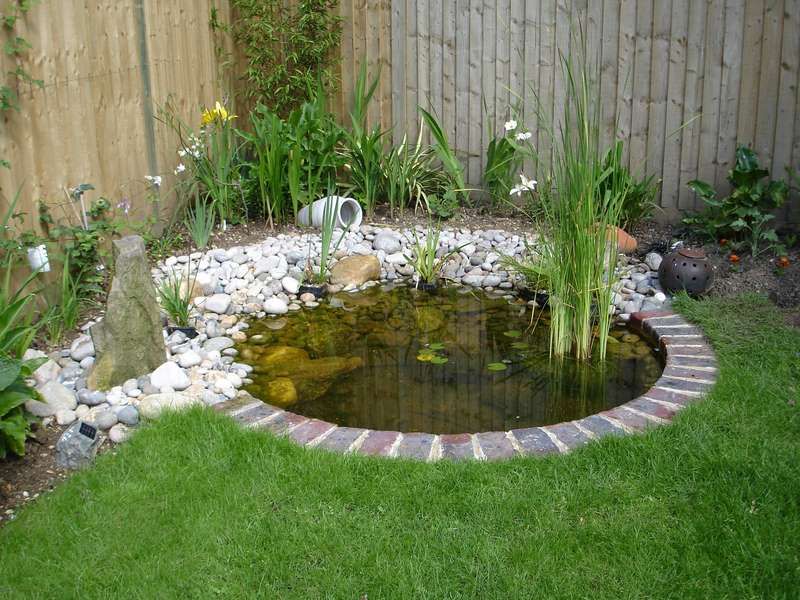How To Add A Pond To Your Garden
Adding a poly pond to your garden is not as hard as it sounds, just follow the ideas provided below.
Location
The best location for a pond is away from trees. That is because tree roots can be hard to remove once they start growing into the pond. Also, leaves from trees can fall into the pond and decay, creating muck at the bottom of the pond.
Many gardeners reported that the biggest mistake they made when putting in a pond was that they chose to add it to their backyard, away from the house. A better location would be somewhere where you can see the pond from your house or your patio. Besides, if you see your pond every day, you will tend to take care of it more often. Use a pond vacuum for cleaning and maintenance. If you have fish in the pond, it is even more important to keep it in sight during the winter season to make sure it does not freeze over and kill your fish.

Safety
If you have pets or young children at home, adding a pond might not be worth the safety risk. It is only worthwhile if you can be sure that it is perfectly safe.
Water
Always fill your pond with clean water. If you are filling your pond with water from the tap, the chlorine and fluoride in the water will take about a day to evaporate. Therefore, wait at least a day before you add any living things like fish, frogs, and plants to your pond.
If you did add water life to your pond, replenishing it with tap water will require a two-step process. You first fill a large bucket or tub with water. Let the water sit there for a day to allow the chlorine to evaporate. Then, pour the water into the pond. A quicker way to remove chlorine from the water is to put dechlorinating tablets, like chloramine, into the water. This should be safe for water life, but you should do more research about this first.
Water Pump
Using a recirculating pump in the pond keeps the water clean and clear. These water pumps are designed to be used in ponds. The entire pump is submerged inside the pond. It pulls in water, then recirculates it back into the pond. Some pond pumps use filters to block out impurities in the water. Other types of pumps just move the water around to increase the water’s level of oxygen.
Pumps come in various capacities. This is measured in gallons per hour or gph. You need to know how big of a pump you need for your pond. A bigger pond will require a bigger pump that can move more gallons of water per hour. If your pond has ornamental fixtures like a fountain or waterfall, your pump will need to be stronger to accommodate that extra need to push the water out through the fountain or waterfall.
For instance, if you have a pond that holds 2000 gallons of water, and it has a waterfall that is three feet above the waterline, you will need a pump that moves between 2200 to 2500 gallons per hour. The technician who set up your pond should be able to recommend the type of pump you need.

Pond Plants
Keep an eye out for invasive pond plants. Just like any invasive plants in your garden, invasive pond plants can grow out of control and take over your pond if you ignore them. The roots will fill up your pond, leaving little space for fish and proper water circulation.
You can choose to add annual or perennial water plants. What you add will depend on the amount of time you are willing to spend in maintaining these plants so they will not get out of control. Consult with a pond specialist in your local garden center for advice on water plants.
How many fish you put in the pond will be based on how big the fish is upon maturity. Usually, you should allow at least two cubic feet of water for every goldfish. Koi fish will need more space. You should also account for growth since your fish will breed. Consult with your local pond store for advice on what to get for your pond. Allow your new pond to settle in for a few weeks before you add any fish to it.






